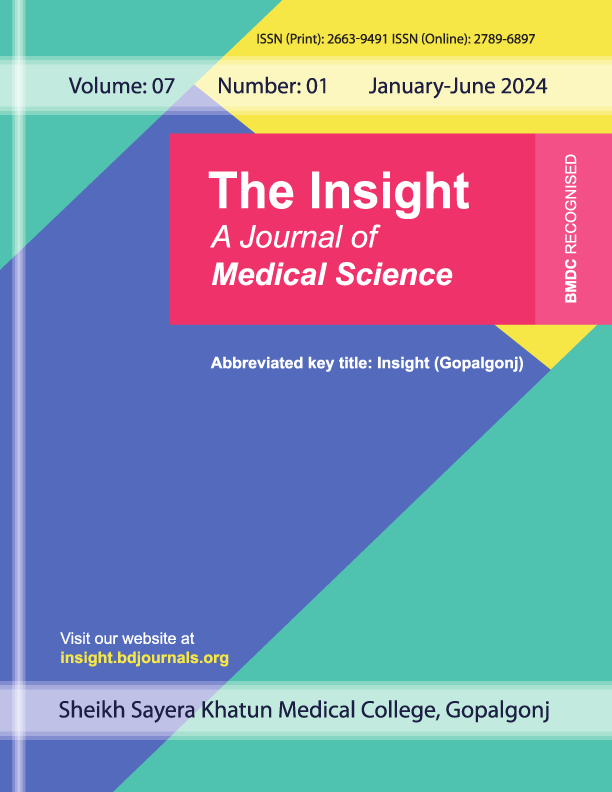Link Between Malnutrition and Insulin Resistance in Patients Undergoing Maintenance Hemodialysis
Publiée 2024-11-15
Mots-clés
- Malnutrition,
- Insulin Resistance,
- Maintenance Hemodialysis
(c) Copyright The Insight 2024

Ce travail est disponible sous la licence Creative Commons Attribution 4.0 International .
Comment citer
Résumé
Introduction: Over the past thirty years, chronic kidney disease (CKD) has significantly increased globally, with 77.5% of end-stage kidney disease (ESKD) patients requiring kidney replacement therapy (KRT) and 43.1% relying on dialysis. Hemodialysis (HD) constitutes 89% of treatments for ESKD, leading to high cardiovascular morbidity and mortality. Traditional risk factors do not fully explain cardiovascular mortality in CKD patients, with insulin resistance (IR) now recognized as a significant contributor. Aim of the study: This study aims to explore the relationship between malnutrition and insulin resistance in patients undergoing maintenance hemodialysis. Methods & Materials: This cross-sectional study, conducted in the Nephrology Department of Dhaka Medical College over 18 months (from May 2021 to October 2022), involved 120 patients on maintenance hemodialysis. Patients were chosen through purposive sampling based on inclusion criteria and excluding those under 18 with specific diseases, obesity, or pregnancy. Informed consent was obtained, and the Research Review Committee granted ethical approval. Result: The study involved 120 subjects; 86 were identified as insulin-resistant, and 34 were not. Among insulin-resistant patients, the majority were aged 41-50 (32.6%) and 51-60 (30.2%). In contrast, 41.2% of non-insulin-resistant patients were 41-50, and 26.5% were 51-60. Males comprised 53.5% of insulin-resistant and 58.8% of non-insulin-resistant subjects. Conclusion: Insulin resistance is closely linked to malnutrition in hemodialysis patients, with higher malnutrition rates observed in insulin-resistant individuals, as evidenced by anthropometric measurements and SGA scores.



